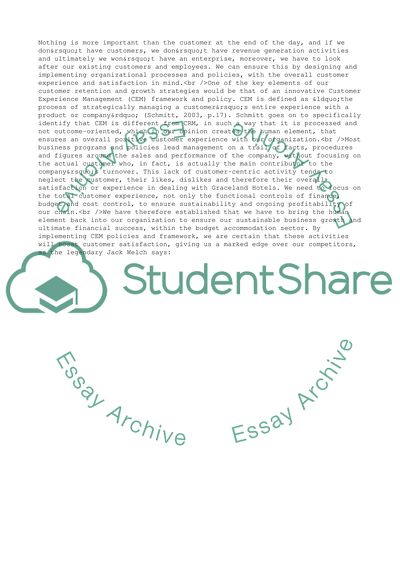Cite this document
(BU1006: Customer Experience Management Coursework, n.d.)
BU1006: Customer Experience Management Coursework. https://studentshare.org/management/1716454-bu1006-customer-experience-management
BU1006: Customer Experience Management Coursework. https://studentshare.org/management/1716454-bu1006-customer-experience-management
(BU1006: Customer Experience Management Coursework)
BU1006: Customer Experience Management Coursework. https://studentshare.org/management/1716454-bu1006-customer-experience-management.
BU1006: Customer Experience Management Coursework. https://studentshare.org/management/1716454-bu1006-customer-experience-management.
“BU1006: Customer Experience Management Coursework”. https://studentshare.org/management/1716454-bu1006-customer-experience-management.


